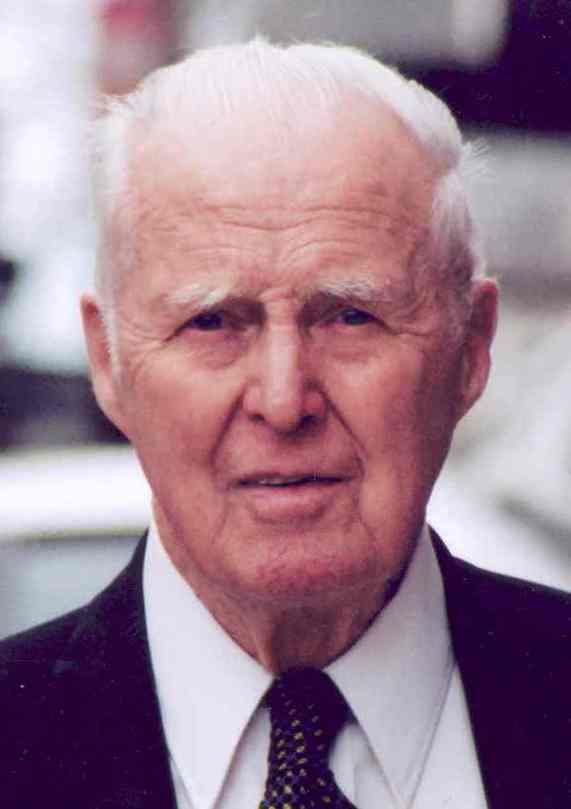
Norman Ernest Borlaug was known as the father of the Green Revolution because of the new strain of wheat he developed and the millions, possibly billions, of people he saved from starvation. He is said to have saved more lives than any person who has ever lived.
There have been numerous agricultural revolutions over human history. The first was when we turned from hunter-gathering to farming, about 12,000 years ago. We settled down and started to live in larger groups, growing crops. We started to domesticate animals at the same time. The second agricultural revolution was between the 10th century AD and 1850. The horse collar and the heavy plow were introduced, changing the way farmers lived and the amount they could produce. Farmers replaced the low-yield crops they had been using, such as rye, with high-yield crops, such as wheat and barley. The use of fertilizers, tools, and farming methods evolved, along with trade routes. It is said that the Industrial Revolution might not have happened without this agricultural revolution. The third agricultural revolution was between 1950 and the late 1960s. It is also called the Green Revolution, in a reference to crops, but also as an opposite to the communist Red Revolution, and the Islamic White Revolution. During this agricultural revolution, crop yields increased dramatically.
So, who was Norman Borlaug? He was born on a farm in Cresco, Iowa, USA. He studied forestry at university, then returned to university to study plant pathology. He spent two years working as a microbiologist, but his career was impacted by World War 2. His lab was commissioned by the US armed forces to develop products for the war effort. In 1944, he started working for an organization that was run by the Mexican Government and the Rockefeller Foundation. He became the director of the International Wheat Research and Production Program in Mexico and this is where he started to do the work that saved so many lives.
Borlaug had several problems that he was concerned with. Firstly, the world population was increasing rapidly. When he was born in 1914, the world population was roughly 1.8 billion. When he started his research, it was 2.5 billion. He could see that it would keep increasing and he knew that humankind would have to find food for these people. The second problem was that the available agriculture space was limited. Almost half of all the habitable land on Earth is given over to agriculture. The only way to feed an increasing population with the currently available crops was to make more land available for agriculture. That would mean cutting down forests, which is a bad idea, and using the land this increasing population would need to live on. He surmised that the only way to solve this problem was to be able to grow more food on the land we used. This has become known as the Borlaug hypothesis.
He was researching wheat at the time, so he turned his energy to trying to work out how to make wheat yield more. There were several problems here as well. The first was that each wheat plant only produced a certain number of kernels. The second problem was that the wheat stalks were long to get as close to the sunlight as possible. If they produced more kernels, the head of the wheat would be too heavy and would break, leaving the kernels on the ground to rot. The third problem was disease. There was a fungus called stem rust that could decimate a whole field of wheat. Borlaug began to crossbreed multiple types of wheat together to find a strain that would produce lots of kernels, be short and strong, and be resistant to disease. It took him almost twenty years.
Borlaug crossbred wheat that had resistance to the fungus. He used many different kinds because one type of wheat could be immune to one type of fungus, but funguses are very good at adapting. He needed resistance to a lot of different fungus. He crossbred different types of wheat that produced more kernels. He managed to create a wheat that produced three times more grain than regular wheat. He crossbred it with a wheat called Norin 10, which was a Japanese semi-dwarf plant. This gave his wheat short and sturdy stems, able to support the extra weight of more grain. He also managed to make wheat that was faster grown, so there could be more harvests. He bred in the ability to react well to fertilizers and he made varieties that could grow in different climates. His wheat was called Pitic 62 and Penjamo 62. In 1962, they were rolled out in Mexico. The harvest of 1963 was six times larger than a usual harvest.
In the 1960s, there was famine and hunger across large parts of Asian and the Indian Subcontinent. There were many hurdles to overcome, but by the end of the 1960s, Borlaug’s wheat, or varieties of it, were being grown across Asia. Yields increased by over 50% and many people could eat. It took a lot longer to get permission to grow the wheat in Africa because a lot of people were against the idea of Genetically modified food and fertilizers, but Borlaug was able to implement it with the help of a Japanese company. Yields increased there as well.
Norman Borlaug created wheat that gave food to millions, possibly even billions of people. The complaints against his genetically modified food are possibly valid, but he always said that unless we reduce the population, or agree to let people starve, or cut down all of our forests, the only solution is to produce more food on the land we have. And this is what he has done. And this is what I learned today.
Image By Ben Zinner, USAID – http://www.usaid.gov/; source; exact image URL, Public Domain, https://commons.wikimedia.org/w/index.php?curid=75331192
Source
https://www.treehugger.com/green-revolution-history-technologies-and-impact-5189596
https://en.wikipedia.org/wiki/Norman_Borlaug
https://www.kfb.org/WebsitePageFile/File/A4999F31-C619-4FB6-BF22-074DA6143FC1/WheatFunFactGuide.pdf
https://ourworldindata.org/land-use
https://www.worldometers.info/world-population/world-population-by-year/
https://borlaug.cfans.umn.edu/about-borlaug/significance
https://www.nobelprize.org/prizes/peace/1970/borlaug/biographical/
https://www.purdue.edu/discoverypark/food/programs/borlaug-fellows/norman-borlaug.php
https://en.wikipedia.org/wiki/Green_Revolution
http://40418121.weebly.com/pitic-62.html


[…] Article https://ilearnedthistoday.com/index.php/2024/03/03/norman-ernest-borlaug-father-of-the-green-revolut… […]